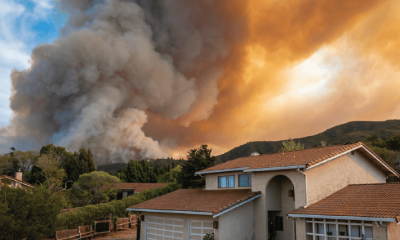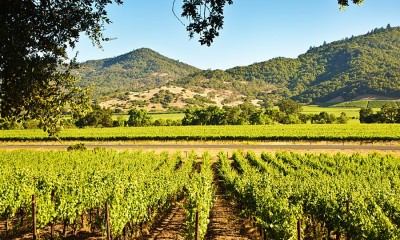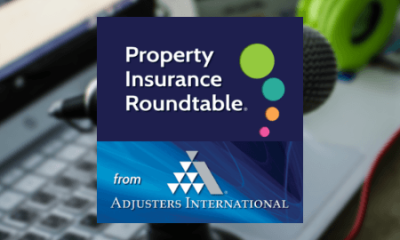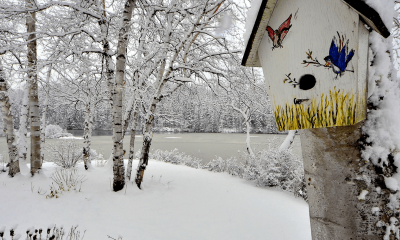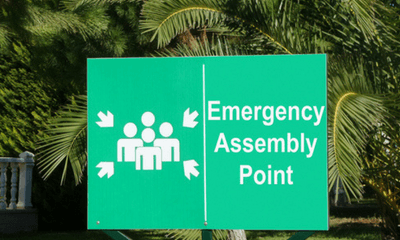10 Things You Didn’t Know About Wildfires
Updated November 2018: For assistance with your wildfire property damage insurance claim, visit "California Wildfires: Public Adjuster Assistance for Homeowners" or talk to one of our expert local public adjusters at 888.473.3677 (Northern CA) or 800.228.3550 (Southern CA).
1.) Wildfires can start by:
Arson, campfires, discarded cigarettes, downed power lines, drought conditions, fireworks, human error, lightning strikes, mowers/appliances, among many other unexpected causes.
2.) Wildfires primarily affect dry states, especially on the West Coast, that have undergone numerous years of drought.
3.) There are two types of ‘Wildfire Hazard Zones’:
- One type is established by the insurance industry in high risk areas. The specific zones can typically be found on the various States’ Department of Insurance websites.
- The other is called a ‘Protection Hazard Zone’ which fire departments and state agencies establish areas for clearing vegetation to prevent wildfires from spreading if they should occur.
4.) Wildfires can affect your property in more ways than one.
Wildfires can affect roof coverings by drying them out to the point where they’re brittle and non-functioning. They also cause damage to exterior paint. Smoke can enter your ventilation system causing not only smoke damage but have adverse health effects as well. To read more on this topic, click here.
5.) Most standard property insurance policies have a coverage called ‘Additional Living Expenses’ (ALE)
ALE provides the policyholder with the ability to maintain their same standard of living in a post-disaster environment. This coverage can help you obtain covered living arrangements after a wildfire such as in a hotel or rental home, if your home cannot be occupied.
6.) People who rent an apartment, or live in a condominium have special circumstances.
Tenants should be aware that their building owner and/or condo association is not responsible for any of the tenant’s properties or their loss of use of the rented property. Tenants should insure their personal property and have insurance to cover any additional living expenses they may incur.
7.) Post-wildfire, it is not unusual to find a shortfall on Separate Structures Coverage.
This coverage is for any detached structures on your property such as an in-law unit. This coverage is normally about 10 percent of what your property is insured for, so consider whether you need to increase your limits.
8.) Business owners should ask their insurer to add these additional coverages to their policy as they will help towards a full recovery post-wildfire:
- Business Income Coverage
- Extra Expense Coverage
- Contingent Business Income Loss
9.) Store your data in the Cloud.
Because wildfires tend to destroy both the building and all its contents, essentially leveling the property, it can be difficult to salvage anything post-wildfire. Be sure to have your important documents, photographs, and personal property backed up in the Cloud, not on a computer that you may not be able to retrieve in the midst of a disaster.
10.) Understand that should a loss occur it is your responsibility to submit a detailed property insurance claim to your insurer.
This can be an onerous task. Public Insurance Adjusters are there to help people understand the ins-and-outs of an insurance claim. A public adjuster is someone who works on behalf of policyholders, not the insurance company. They can evaluate your policy, value, document, and substantiate every detail of your claim, negotiate on your behalf with the insurance company, and settle your claim for you.
This blog was based off of our Property Insurance Roundtable podcast titled, “Wildfires: Filing Property Insurance Claims for One of Nature’s Most Fearsome Foes” – take a listen here:
For additional reading:

